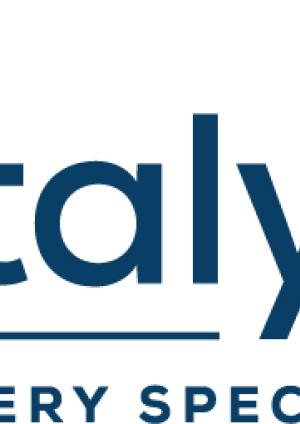16 June 2006
NHS managers have been warned they face a turbulent two years and must be given more Department of Health support.
NHS Confederation chief executive Gill Morgan told her organisation's annual conference in Birmingham on June 14 that managers would have to achieve the 18-week waiting time target, implement payment by results and find year-on-year efficiency gains while dealing with the service's deficits.
The department could relieve some of the pressure by abandoning the damaging culture of secrecy and blame in the NHS. 'This is a malign culture that will prevent us improving the service for patients as we become too concerned with what we report rather than what we deliver,' she said. Doctors and nurses were worried about their jobs and not convinced by NHS reforms.
'We cannot ignore the anger and frustration expressed. People don't know where the reform agenda is taking us,' she added.
She urged ministers to give local managers more autonomy and offer support when they had to take unpopular decisions. The government should also be more realistic about historic deficits and what the NHS could achieve each year.
NHS chief executives accepted they had to be more efficient. In a confederation survey, 95% said productivity must be increased to give the health service a solid case for additional funding in next year's Spending Review. It is widely expected this will slow growth in health spending.
The chief executives said the greatest productivity gains were to be made in streamlining clinical processes and the confederation said trusts could realise productivity gains in these and other areas by using 'lean thinking'. This is a technique pioneered by car manufacturer Toyota that aims to remove processes that give no value to the consumer.
Launching the confederation's report, Lean thinking in the NHS, Morgan said: 'Lean works because it is based on doctors, nurses and other staff leading the process and telling us what adds value and what doesn't.'
Bolton Hospitals Trust had redesigned its care of elderly patients admitted with fractured hips using the technique. Death rates fell by a third, as did the length of time patients stayed in hospital, while paperwork was reduced by 42%.
PFjun2006

















